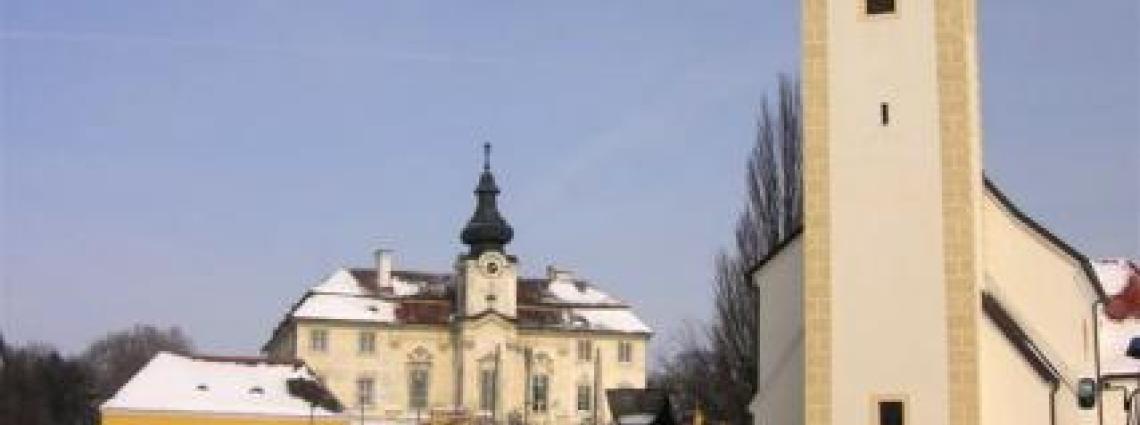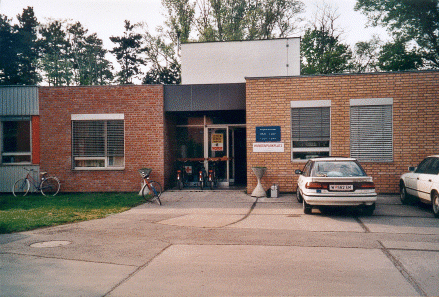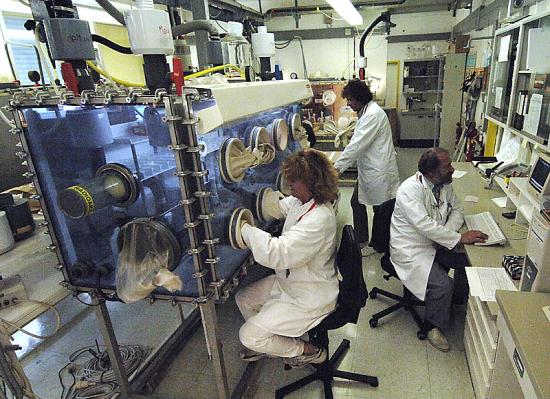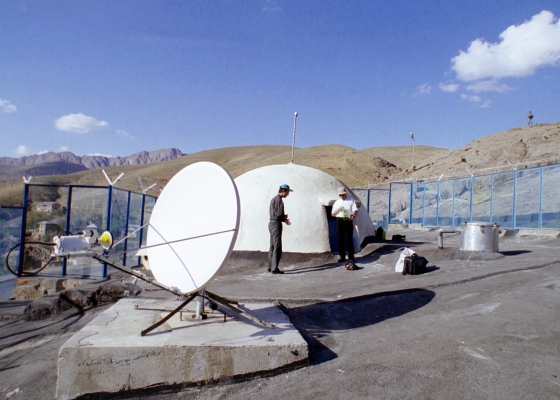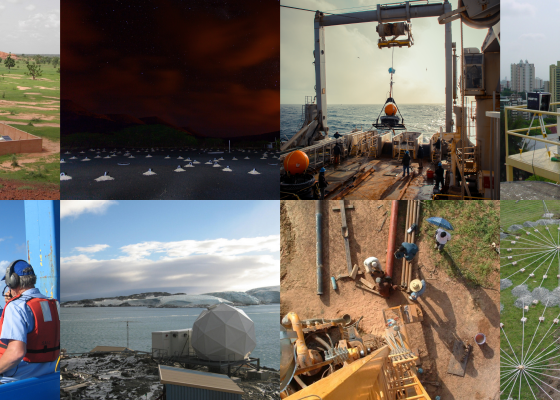Radionuclide Laboratory RL3,Seibersdorf, Austria
Lower Austria
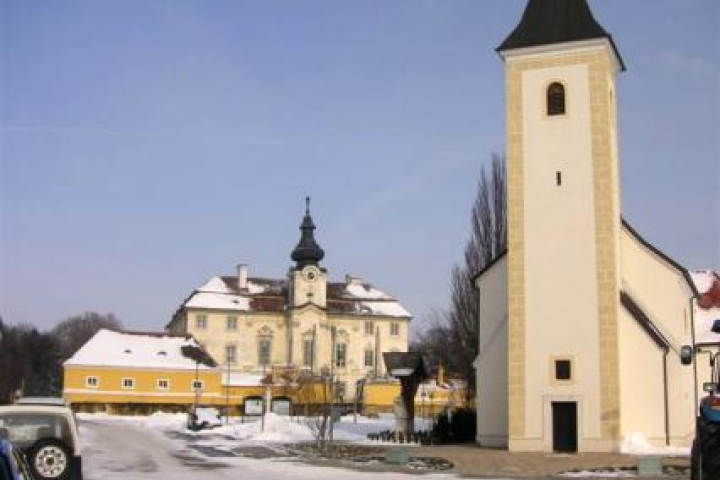
The town of Seibersdorf is situated 35 km from Vienna.
Geography and Climate
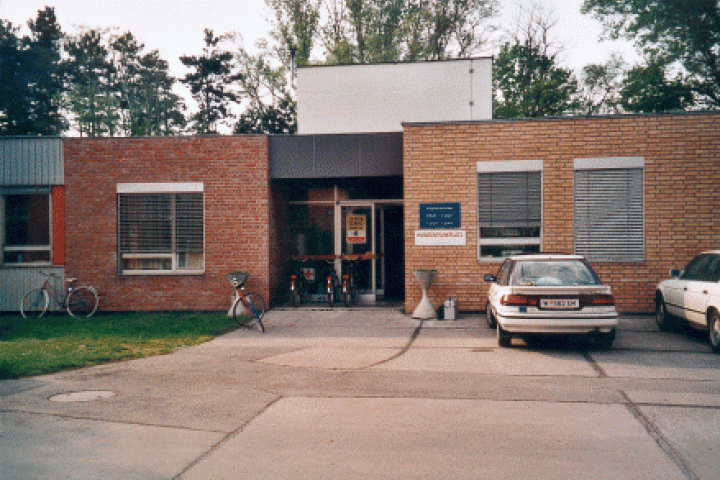
International Monitoring System laboratory ATL03 in Seibersdorf, Austria.
Laboratory Location
ATL3 is the only IMS facility located on Austrian territory. Austria is host to the CTBTO's headquarters in Vienna.
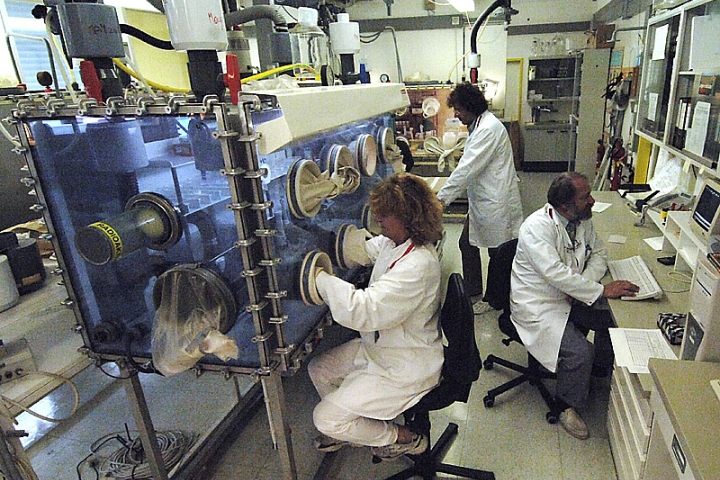
Laboratory Profile

ATL03 is the only IMS facility located on Austrian territory.
